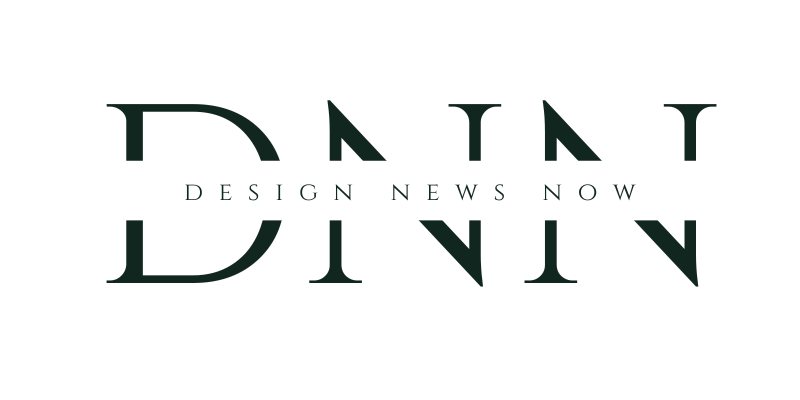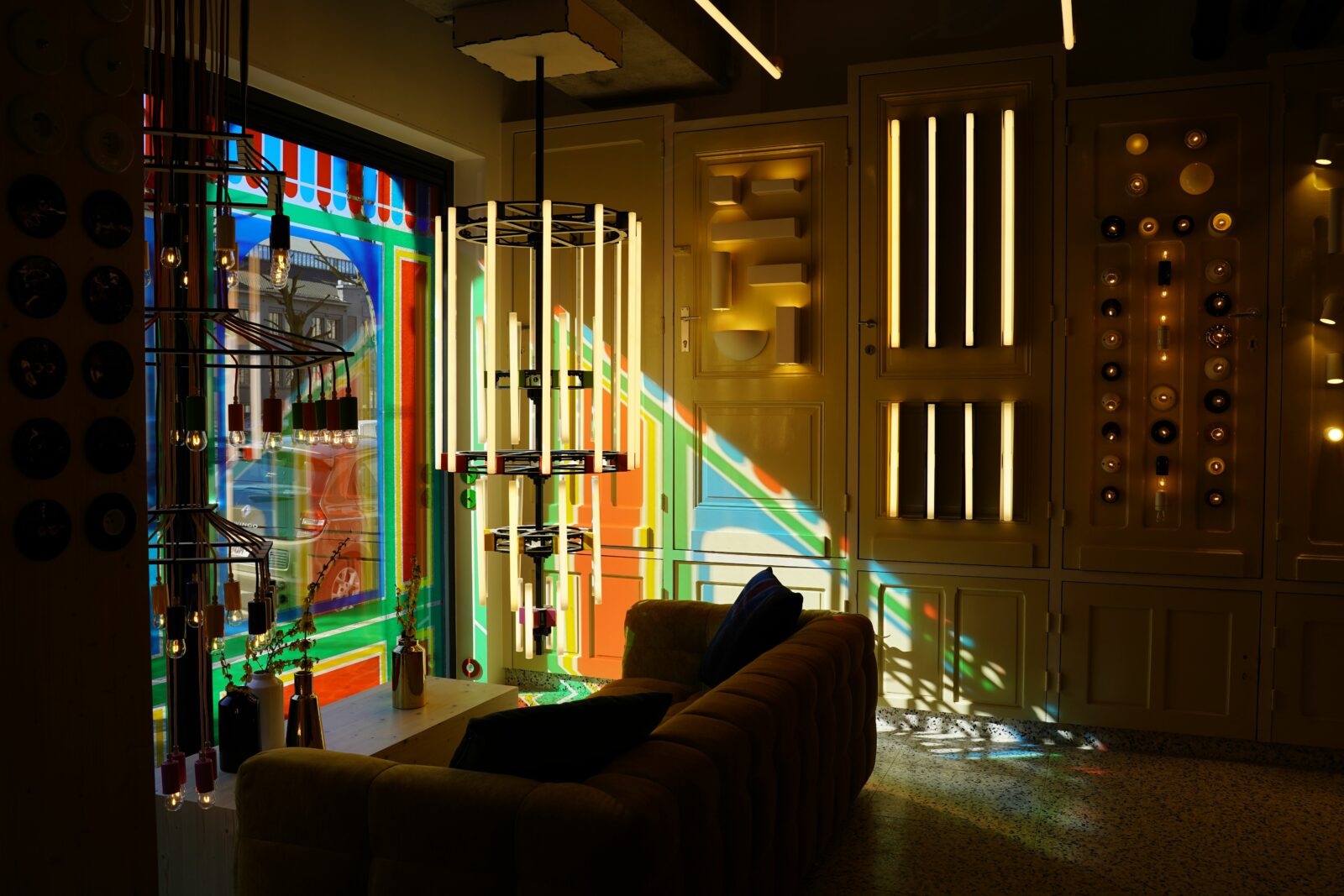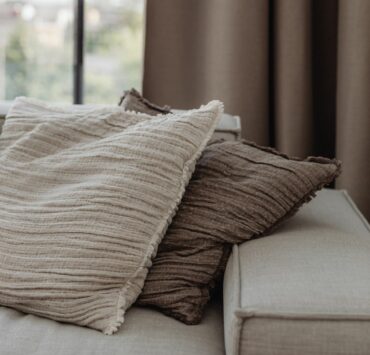Known for her artistic style that blends dark humor with social commentary, Nynke Tynagel has made a significant mark in the design industry through her work with Studio Job and her independent projects alike.
Recently, Tynagel lent her creative vision to Zangra, a Belgian design brand with a fascinating history of its own. Founded by Eve Van Dyck and Thierry Donnay, Zangra began as a passion project inspired by vintage porcelain fixtures discovered during the renovation of an old hotel. Since its inception in 2008, Zangra has evolved into a respected name in the design world, known for its commitment to simplicity, authenticity, and sustainability.
Tynagel’s collaboration with Zangra for their flagship store in Brussels represents an exploration of the intersection of art and commercial design. Our discussion delves into Tynagel’s creative process, her thoughts on the design industry (or rather, retreating from it to make more personal pieces inspired from within) and the specific challenges and inspirations behind her work for Zangra.
Beginning with her upbringing in a design-rich environment to her current rock-star designer status, Tynagel shares insights from her journey and advice to fellow creatives. Let’s explore the mind behind some of the most provocative and innovative designs in contemporary art and commercial spaces.
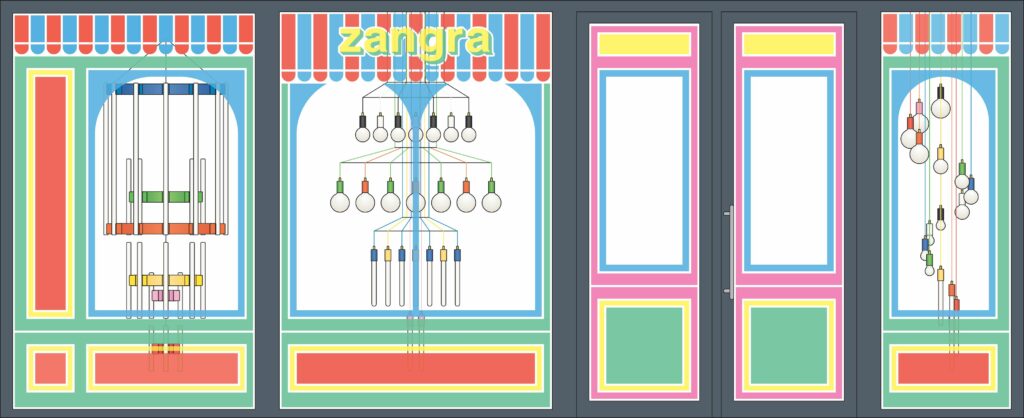
DNN: Nynke Tynagel, welcome to Design News Now, we’re excited to have you and to delve into your background: Growing up in a village known for its modernist design and with parents who were graduates of Eindhoven Design Academy, how did your upbringing shape your creative perspective?
Tynagel: As a young girl, I used to join my mum in her studio after school and watch her paint. She had a studio at our home full of brushes, paint, paper, books, scissors and walls covered with her textile pattern designs.
Every year my parents took me to the Graduation show of the Design Academy and from a young age I knew this was what I wanted to study. I grew up in a creative climate in an interior labelled with the “good living” quality mark ( http://www.louiskalffinstituut.nl/en/goed-wonen-2/ ) between brands such as ‘t Spectrum, Pastoe, Gispen and Ploegstoffen. I got familiar with the architecture of Gerrit Rietveld, and modernist interiors.
I think the seed was planted and the journey continued when I started my study at the Design Academy.
DNN: When did you feel like you defined your artistic voice? Was there a specific project or collaboration?
Tynagel: It was at the beginning of my ‘Studio Job period’ when I started to draw patterns that consisted of unusual subjects, like skeletons, withered flowers, insects, industry and barbed wire. From that moment on I started to develop my unique style.
Nynke Tynagel’s creative process
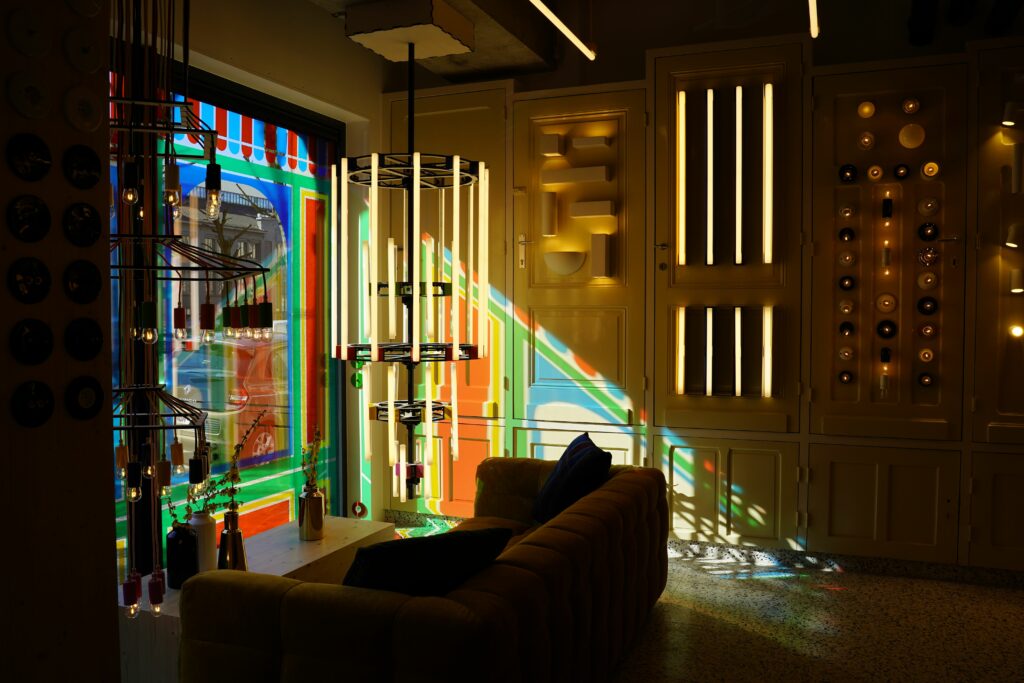
DNN: From stained glass to marquetry and laser techniques, how do you decide which medium is best suited for a particular piece? Do you have a favorite medium, or does the choice depend entirely on the project? And how does graphic design influence your non-graphic design work? Is it more in the process or the aesthetic?
Tynagel: It’s often given by the client. If the client orders a stained glass artwork my drawings need to be technically producible, so from the start, I take that in mind. Same for marquetry, textile etc. My favourite medium is print because this has the least restrictions, it is what it is.
Hand paintings are even better because you are in total control. But sometimes a certain medium, like knitting, for instance, brings a surprising effect, an extra dimension to the piece which I also adore. When my work becomes 3d, it’s a construction of 2d elements or a pattern/print on a 3d surface or a relief.
DNN: Much of your work contains dark and satirical content, confronting modern attitudes and conditions. Where does that ethos come from and what issues with modern life are top of mind, influencing your work today? What do you wish we were all paying more (or less) attention to?
Tynagel: During my ‘Studio Job period’ my work was darker. These days I bring up current topics (like the amount of things people collect throughout their lives) or personal interests (like the beauty of nature).
Designing for Zangra
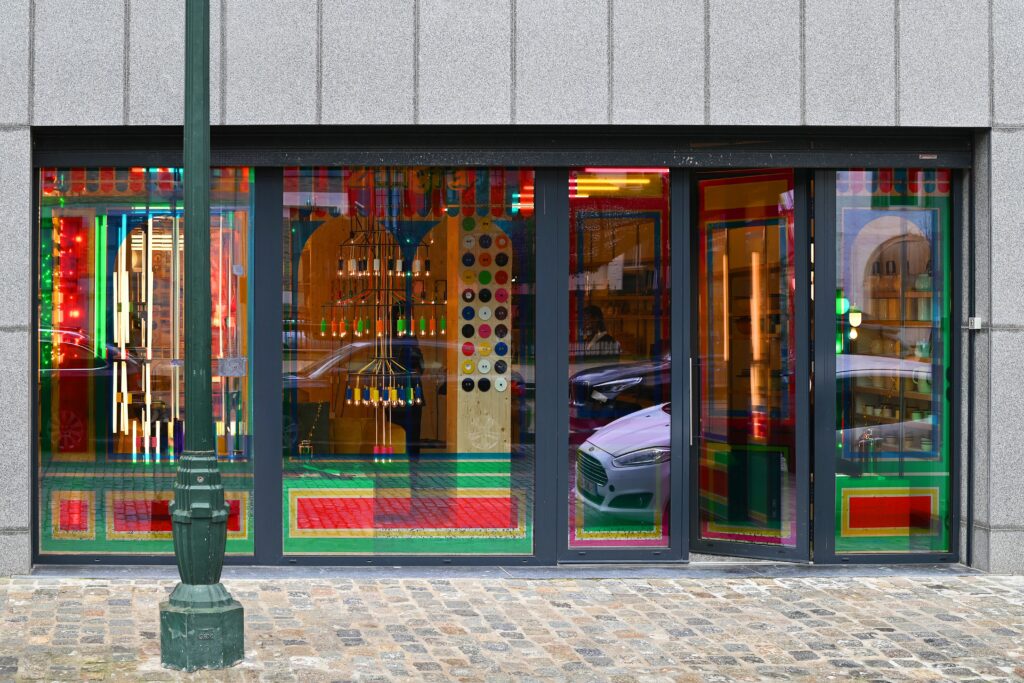
DNN: Can you describe your creative approach when designing for Zangra? What was the inspiration behind these pieces, and how did you incorporate Zangra’s minimalist, retro aesthetic into your designs?
Seeing the location and knowing the Zangra brand I knew I wanted to use color. Color and light attract people, like a merry-go-round at a fair. The colorful window design refers to the aesthetics of a vintage/retro storefront, stripped to its essence.
DNN: The Zangra flagship store is located in a culturally rich area of Brussels. How did the store’s location or its surrounding environment play a role in your design choices?
Tynagel: Zangra is located in the middle of a street where, except for the trees in summer, there’s not much colour, so I felt the urge to add all colors of the rainbow.
Inspiration from within
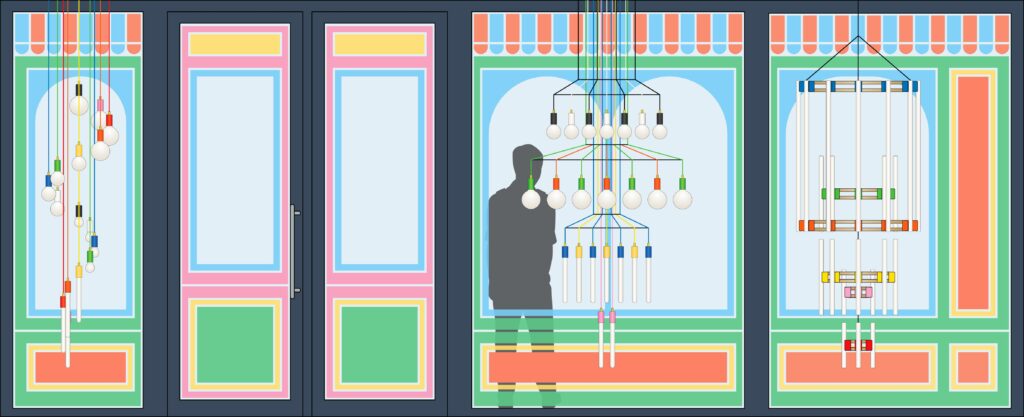
DNN: With your extensive experience in the design industry, how have you seen the industry evolve, particularly in the context of blending art with commercial design? What trends or shifts do you find most exciting or concerning?
Tynagel: Lately, I’ve not been on top of what is happening in the design industry. I haven’t been around for years at the big design fairs, [I] lock myself up in my studio and let the inspiration come from within, my imagination or my immediate surroundings.
So in my case design became more and more personal. Most exciting shifts: more artistic expression, more emotion, more freedom, more identity, more local, more awareness of environmental impact. Most concerning: trends.
DNN: Given your experience with both established brands like Zangra and your independent work, what advice would you offer to emerging designers looking to break into the industry while maintaining a distinct and personal creative voice?
Tynagel: Stick to what you love doing. Sooner or later there will be a point when it all starts to make sense.
